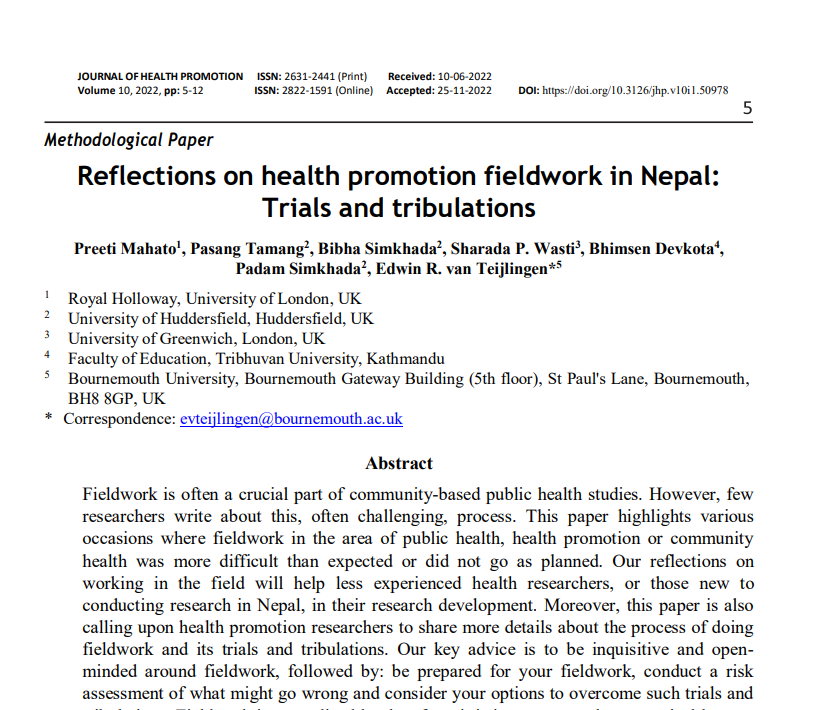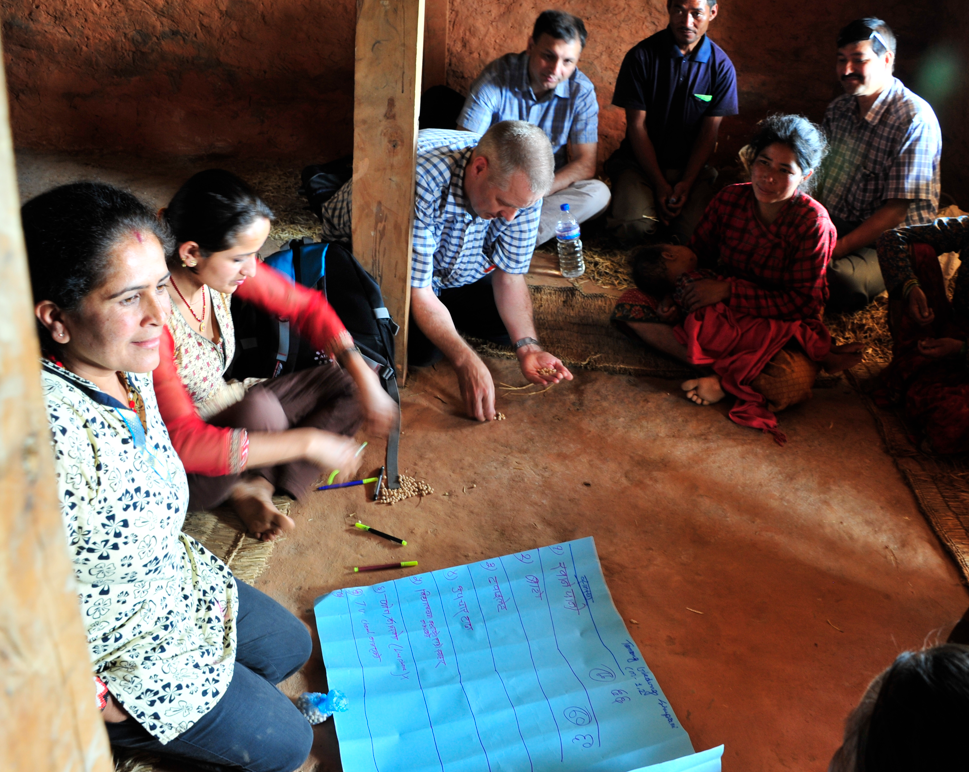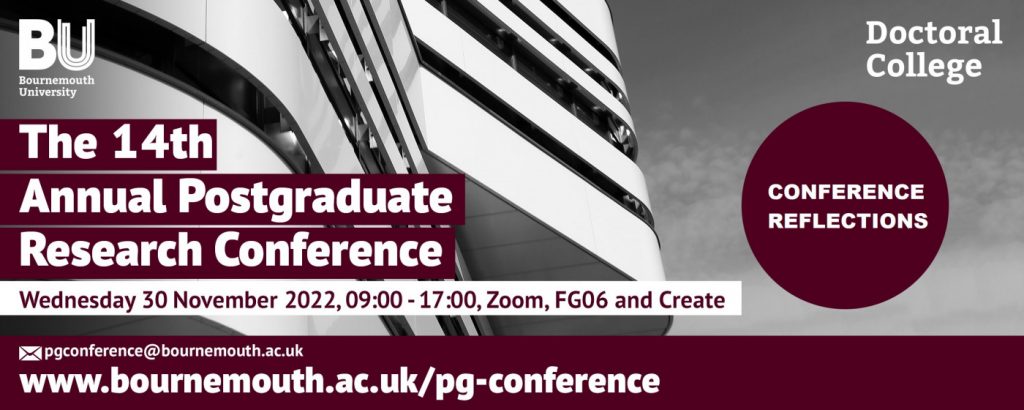*** DEADLINE EXTENDED TO 6th FEBRUARY ***
We are seeking expressions of interest (EoIs) for panel membership, Deputy Chair and Chair of the new Knowledge Exchange and Innovation Funding Panel.
What is the Knowledge Exchange & Innovation Funding Panel?
It’s the new, agile and responsive way that internally allocated funding for projects that support Knowledge Exchange and Innovation will be managed at BU from August. Panel membership is open to the wider BU academic community – not just the professoriate.
Panel Members:
Why should I apply to be a panel member? What’s in it for me?
Because being a member of a funding panel means that you are involved in making important decisions about applications for funding. This means you need to have a cool head to evaluate the applications and be able to express your thoughts about them effectively in meetings and via feedback. You will be directly involved in the process and therefore helping to ensure that internal funding at BU is used for projects that will have real world impact. It’s also a great opportunity to engage with colleagues from across the faculties and to bounce ideas off each other.
What do I actually have to do?
You will have to attend a few online meetings per year and to read and review funding applications. Not huge demands on your time, but there will be occasions when some detailed feedback maybe required.
Sounds like it could be interesting. How do I apply?
Please send a few paragraphs (no more than half a page) outlining why you think you’re suitable to be a panel member. Have you been on a panel before, for example or does your role require you to give feedback on projects? Are you simply keen to be involved? It would be very helpful if you could demonstrate your knowledge of KE, innovation and the impact agenda.
Please email your EoI to the KE & Innovation Fund mailbox by 5pm on Monday 6th February.
Chair and Deputy Chair:
We are also seeking EoIs from full members of the Professoriate for the post of Chair and from Associate Professors and Professors for the post of Deputy Chair. These posts are very important to the running of the panels as you will be chairing meetings, making decisions on applications and ultimately having the final say on funding decisions as well as dealing with requests to vary fund uses post award. For these reasons, we require applicants to these posts to have some experience of chairing meetings, sound knowledge of the impact and KE agenda and a keen desire to lead the research agenda across the university. There won’t be huge demands on your time, but you will be required to read and review multiple applications and there will be occasions when you may need to respond swiftly to requests to amend uses of funds.
Applications from underrepresented groups (minority ethnic, declared disability) are particularly welcome.
EoIs for the Chair or Deputy Chair roles should consist of a case (maximum length of one page) outlining your suitability for the role. Please outline your experience, your understanding of the KE and impact agenda and anything else you feel relevant.
These should be submitted to the KE & Innovation Fund mailbox by the deadline of 5pm on Monday 6th February 2023. Please ensure your EoI clearly states whether you are applying for the Chair or Deputy Chair position.
Successful candidates for the Chair and Deputy Chair roles will be required to attend an orientation meeting with Deputy VC Tim McIntyre-Bhatty on Thursday 9th March at 10am.
Please note that applications for Panel members will be processed following the successful recruitment of the above roles – this is likely to be after 6th March 2023.

 What activities can be included?
What activities can be included?

 The next
The next 
















 New Nepal scoping review on maternal & neonatal health
New Nepal scoping review on maternal & neonatal health Fourth INRC Symposium: From Clinical Applications to Neuro-Inspired Computation
Fourth INRC Symposium: From Clinical Applications to Neuro-Inspired Computation Writing policy briefs
Writing policy briefs Upholding Excellence: The Concordat to Support Research Integrity
Upholding Excellence: The Concordat to Support Research Integrity ECR Funding Open Call: Research Culture & Community Grant – Application Deadline Friday 12 December
ECR Funding Open Call: Research Culture & Community Grant – Application Deadline Friday 12 December MSCA Postdoctoral Fellowships 2025 Call
MSCA Postdoctoral Fellowships 2025 Call ERC Advanced Grant 2025 Webinar
ERC Advanced Grant 2025 Webinar Horizon Europe Work Programme 2025 Published
Horizon Europe Work Programme 2025 Published Horizon Europe 2025 Work Programme pre-Published
Horizon Europe 2025 Work Programme pre-Published Update on UKRO services
Update on UKRO services European research project exploring use of ‘virtual twins’ to better manage metabolic associated fatty liver disease
European research project exploring use of ‘virtual twins’ to better manage metabolic associated fatty liver disease